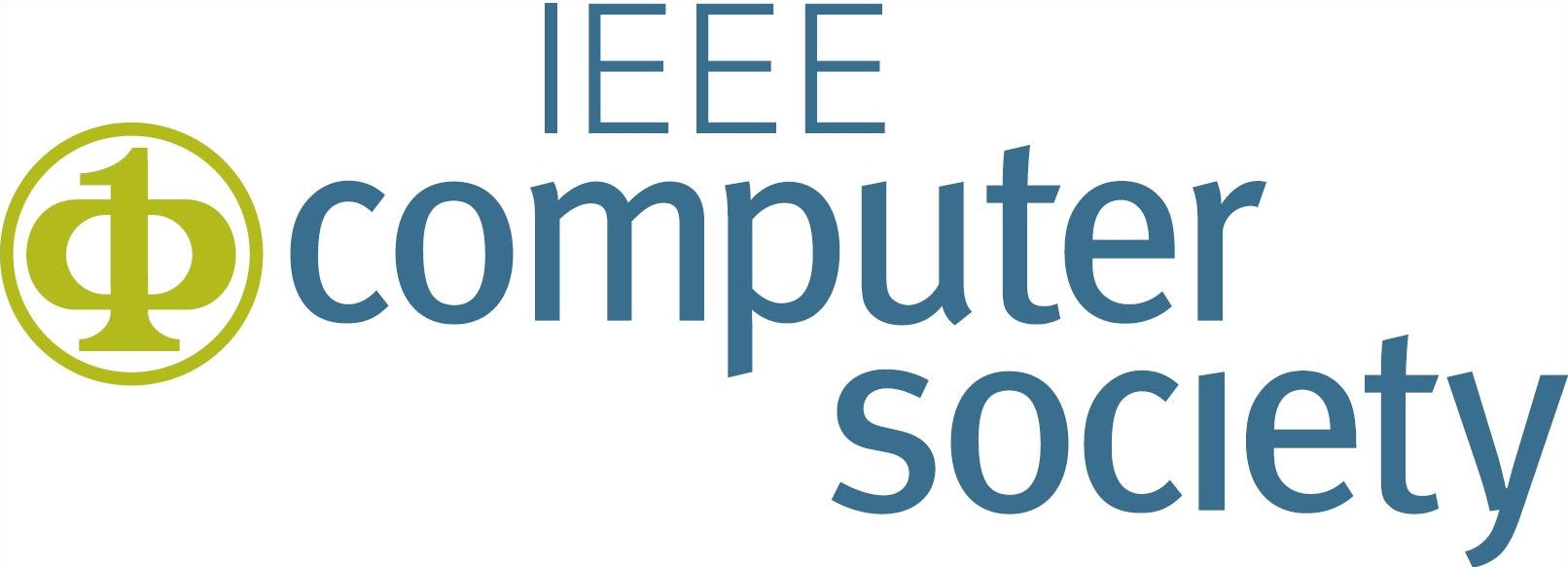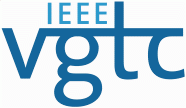





Effect of Navigation Speed and VR Devices on Cybersickness
Kristie K. K. Kwok, Adrian K. T. Ng, and Henry Y. K. Lau.
Effect of navigation speed and vr devices on cybersickness.
In Adjunct Proceedings of the IEEE International Symposium for Mixed and Augmented Reality 2018 (To appear). 2018.
[BibTeX▼]
Abstract
``Cybertravel`` in virtual reality (VR) system can easily provoke cybersickness as there are no vestibular cues available during visual optic flow. This study examined the effect of navigation speed as well as the use of different VR devices for navigation on cybersickness. Participants experience street navigation while they are standing still. Four conditions: CAVE (cave automatic virtual environment) and HMD (head-mounted display) x 10 m/s and 24 m/s; were tested while participants perform a counting task. Results showed that higher navigation speed leads to increases in ratings of severity of cybersickness measured by simulator sickness questionnaire (SSQ) and miserable score (MISC). A difference in cybersickness ratings between VR devices is also observed with experimental order effect.

















